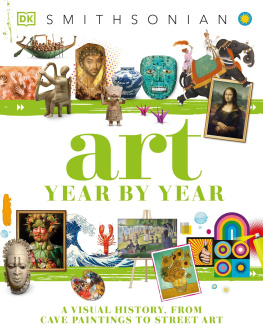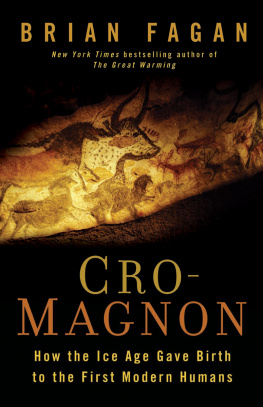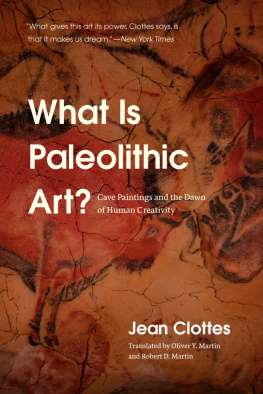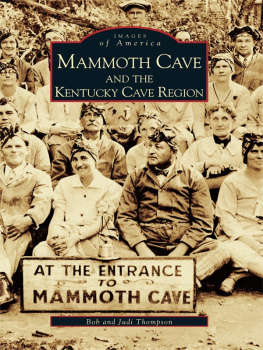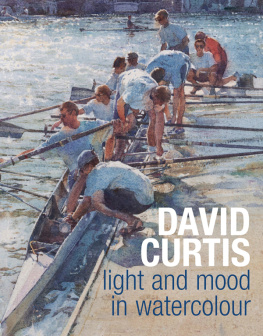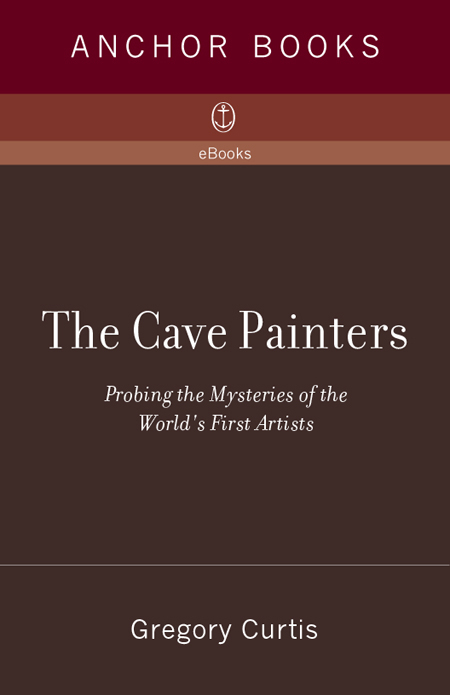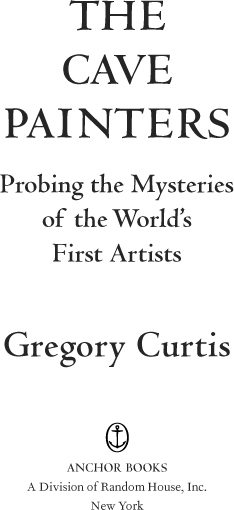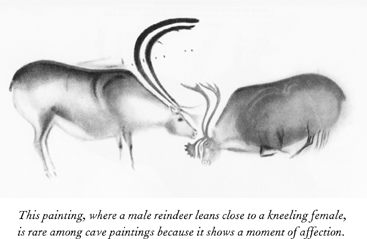Gregory Curtis - The Cave Painters: Probing the Mysteries of the Worlds First Artists
Here you can read online Gregory Curtis - The Cave Painters: Probing the Mysteries of the Worlds First Artists full text of the book (entire story) in english for free. Download pdf and epub, get meaning, cover and reviews about this ebook. year: 2006, publisher: Knopf, genre: History. Description of the work, (preface) as well as reviews are available. Best literature library LitArk.com created for fans of good reading and offers a wide selection of genres:
Romance novel
Science fiction
Adventure
Detective
Science
History
Home and family
Prose
Art
Politics
Computer
Non-fiction
Religion
Business
Children
Humor
Choose a favorite category and find really read worthwhile books. Enjoy immersion in the world of imagination, feel the emotions of the characters or learn something new for yourself, make an fascinating discovery.

- Book:The Cave Painters: Probing the Mysteries of the Worlds First Artists
- Author:
- Publisher:Knopf
- Genre:
- Year:2006
- Rating:4 / 5
- Favourites:Add to favourites
- Your mark:
The Cave Painters: Probing the Mysteries of the Worlds First Artists: summary, description and annotation
We offer to read an annotation, description, summary or preface (depends on what the author of the book "The Cave Painters: Probing the Mysteries of the Worlds First Artists" wrote himself). If you haven't found the necessary information about the book — write in the comments, we will try to find it.
He takes us with him on his own journey of discovery, making us see the astonishing sophistication and power of the paintings, telling us what is known about their creators, the Cro-Magnon people who settled the area some 40,000 years ago.
Beginning in 1879 with Marcelino Sanz de Sautuola, who found the astonishing paintings on the ceiling of a cave at Altamira, Curtis takes us among the scholars of prehistory, the archaeologists, the art historians who devoted their lives to studying and writing about the paintings. Among them: the famous Abb Henri Breuil, who lay on his back in damp caves lit only by a lantern held patiently aloft by his faithfuland silentfemale assistant, to produce the exquisite tracings that are the most reproduced renderings of the art; Max Raphael, the art historian who first understood that the animals on the walls were not single portraits but part of larger compositions; the beautiful Annette Lamming-Emperaire, resistance fighter turned archaeologist, whose doctoral thesis was so important that all theory since has flowed from her work; Jean Clottes and others still working as new caves and information come to light.
In his own search for the caves meaning, Curtis takes us through the major theoriesthat the art was part of fertility or hunting rituals, or used for religious or shamanistic purposes, or was clan mythologyexamining the ways in which ethnography, archaeology, and religion have influenced the thinking about the cave paintings over time.
The Cave Painters is rich in detail, personalities, and historyand permeated with the mystery at the core of this art created so many thousands of years ago by human beings who had developed, perhaps for the first time, both the ability for abstract thought and a profound and beautiful way to express it.
Gregory Curtis: author's other books
Who wrote The Cave Painters: Probing the Mysteries of the Worlds First Artists? Find out the surname, the name of the author of the book and a list of all author's works by series.



